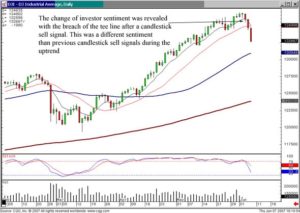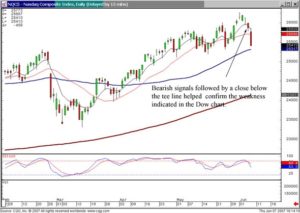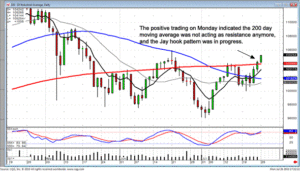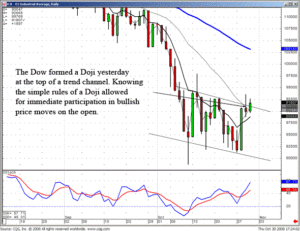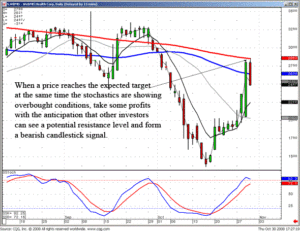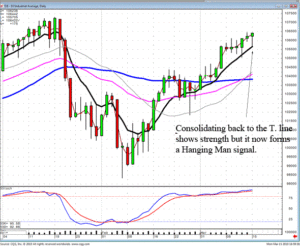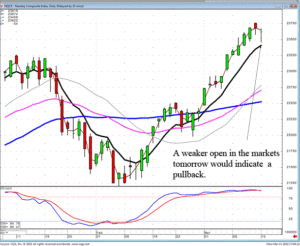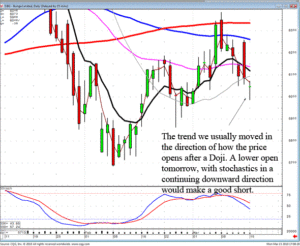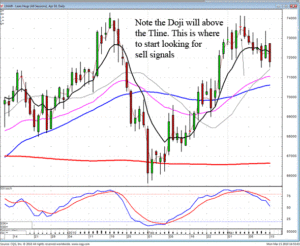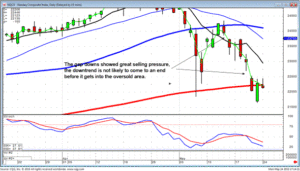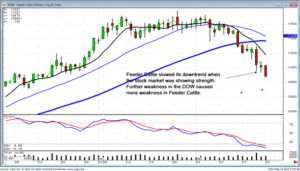Stock charts provide the investor a visual representation of a stock over a period of time. This allows you to assess stock market trends (uptrend or downtrend), to determine which levels are providing support and resistance, and many other aspects.
Technical analysts and chartists use stock charts to analyze an extensive display of securities and forecast future price movements. The word “securities” refers to any tradable financial tool or quantifiable index such as stocks, commodities, bonds, market indices, or futures. Any security with price data over a period of time can be used to form a stock chart for analysis.
Stock charts are helpful for use in stock market technical analysis and can also be useful in fundamental analysis. A graphical historical record makes it easy to see the effect of significant key events on a security’s price, its performance over a period of time and whether it’s trading near its highs, its lows, or in between.
Bar charts, line charts, point & figure charts and candlestick charts are four of the most popular methods for exhibiting price data using stock charting. A brief description of each is provided below.
Bar Stock Charts
The high, low and close are required to form the price plot for each period of a bar stock chart. The high and low are represented by the top and bottom of the vertical bar. The close is the short horizontal line crossing the vertical bar. On a daily stock chart, each bar represents the high, low and close for a particular day when trading in the stock market.
Line Stock Charts
Some successful traders consider the closing level to be more important than the open, high or low. Line stock charts are also used when open; high and low data points are not available. At times only closing data are available for certain indices, thinly traded stocks and intraday prices.
Point & Figure Stock Charts
Point & Figure stock charts are based only on stock price movement, and do not take time into consideration. Little or no price movement is considered irrelevant and therefore only price movements that surpass specifically indicated levels on stock charts are recorded. The focus on price movement makes it easier to identify support and resistance levels, bearish breakdowns, and bullish stock price breakouts.
Candlestick Stock Charts
For candlestick charts, a daily candlestick is based on the open price, the intraday high and low, and the close. The open, high, low and close are all required. A weekly candlestick analysis is based on Monday’s open, the weekly high-low range and Friday’s close. Black candlesticks form on stock charts when the close is lower than the open and white candlesticks form when the close is higher than the open. This is also known as the black body or white body. The lines above and below on stock charts are called shadows and represent the high and low. Candlestick stock charts have become very popular in recent years since their origination in Japan 300 plus years ago. Many traders and investors believe that candlestick chart patterns are simple to read.
